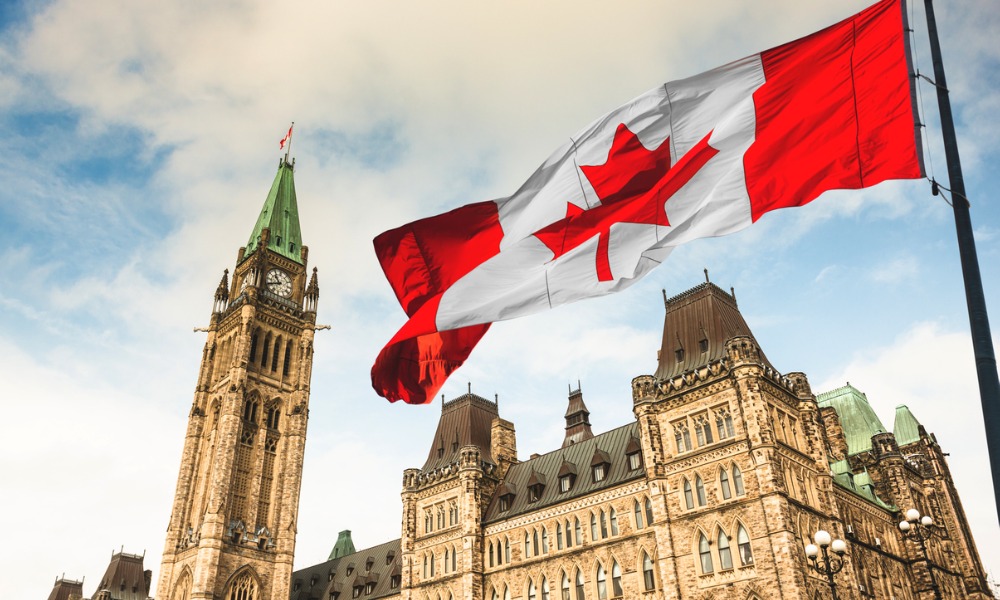Economy will rebound, but recovery for small business 'should arrive much later': CFIB

Things will not be great for Canadian businesses in the first three months of 2024, according to a forecast.
The Canadian economy is expected to display a sluggish growth of 0.5% in Q1 2024 after it contracted by -0.2% in the Q4 2023, report the Canadian Federation of Independent Business (CFIB).
“Although the economy experienced a mild technical recession according to the forecasts and official definitions, the story is actually a bit more nuanced than that,” says Simon Gaudreault, CFIB's chief economist and vice-president of research. “Our analysis shows some key macro indicators (sales, employment) continue to display a certain strength, while at the same time others such as investment and optimism on Main Street (as reported in our latest monthly editions of the Business Barometer®) are weak.”
Retail sales will grow 2.1% in the first three months of 2024, same as the last three months of 2023, according to the report.
Meanwhile, payroll employment will grow 2.7% in Q1 2024 following a 0.6% growth in Q4 2023.
“In any event, current forecasts point to a short-lived contraction of the overall economy, with a return to positive growth in early 2024. A real recovery for the small business sector should arrive much later given the enduring poor business environment,” says Gaudreault.
In the face of the numerous challenges employers faced in 2023, the majority of them expressed optimism today and for the coming years, according to a previous report from ATB Financial.
Inflation should be less of a worry for employers early in 2024, according to Gaudreault.
“Inflation is generally on the downward trend, but our forecasts of some of its classic measures remain just shy of the Bank of Canada's inflation-control target range of 1 to 3%. Other measures of underlying inflation rather indicate that we are within range, and much closer to the 2% midpoint,” he says.
“Given the current slowdown, the breadth of challenges facing Main Street and the delayed effects of past interest rate hikes, the Bank of Canada should seriously consider making monetary policy less restrictive as of next spring.”
The state of hiring
CFIB also projects that employers will be able to fill more job openings in this quarter.
By Q4 2023, Canada had 523,700 unfilled job positions and a job vacancy rate of 3.7%, according to the group’s report titled The Main Street Quarterly.
Saskatchewan (4.9%), New Brunswick (4.4%), Quebec (4.1%), Manitoba and British Columbia (both 4.0%) had job vacancy rates above the national level.
Meanwhile, it was lower for Nova Scotia (3.5%), Ontario (3.4%), Alberta (3.2%), Prince Edward Island (3.1%) and Newfoundland and Labrador (2.8%).
“Payroll employment increased by 0.6% in 2023 Q4, for a cumulative gain of 348,000 jobs relative to the previous year. The labour market is expected to remain resilient at the beginning of 2024 as the recent inflow of population continues to fill vacancies,” notes CFIB.
And despite the decrease in vacancy rates, businesses without job vacancies are planning a 2.3% wage increase this year, while those with at least one job vacancy are planning increases of 3.1%.
For human resources managers in Canada, 2024 is projected to see 18,200 new job openings due to expansion and replacement demand, with around 20,900 new job seekers expected, according to a previous report.








